Mary has requested that the daily message be given each day
to the world. It is read nightly at the prayer service from her Image Building in
Clearwater, Florida, U.S.A. This is according to her request. All attempts will be made to
publish this daily message to the world at 11 p.m. Eastern time, U.S.A.
We acknowledge that the final authority
regarding these messages rests with the Holy See of Rome.
|
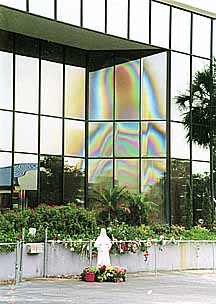 |
October 25, 2000
A Prayer for Intimacy
with the Lamb, the Bridegroom of the Soul
Oh Lamb of God, Who take away the sins of the world, come and act
on my soul most intimately. I surrender myself, as I ask for the grace to let go, to just
be as I exist in You and You act most intimately on my soul. You are the Initiator. I am
the soul waiting Your favors as You act in me. I love You. I adore You. I worship You.
Come and possess my soul with Your Divine Grace, as I experience You most intimately.
Messenger: Include Our Lady of the Holy Spirit
Center in 6:20 prayers.
Messenger: Please pray for 3 urgent
intentions!
Messenger: Please pray for the healing of
Father Carter through the intercession of Our Lady of Clearwater.
A Rosary for Healing or for Someone with
Cancer.
On one Hail Mary bead or as many as you desire, say: (this is given for Fr.
Carter, you can replace your loved one's name).
May God heal Fr. Carter through the intercession of Our Lady of
Clearwater in union with the Mass and all the Masses being celebrated around
the world.
Pray the Hail Mary or Hail Mary's then pray this after the Hail Mary.
May the cancer be uprooted and thrown into the sea.
We believe with all our hearts.
After the Glory Be— pray the following petition.
May Fr. Carter be healed through the intercession of Our Lady of
Clearwater if it be the holy will of God.
Note: You can look at Mary on the image rosary while you pray this rosary.
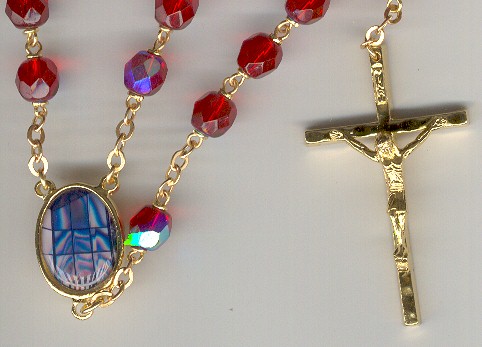

Messenger: CAN YOU HELP US BY GIVING US ROSARIES FOR THE
SCHOOLS REQUESTING THEM?
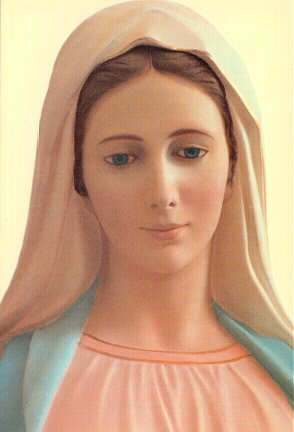
Mary speaks: PLEASE MAKE WALTER'S
ROSARIES. THE SCHOOLS WANT ROSARIES AND THERE ARE NOT ANY ROSARIES LEFT.
Mary speaks: I WANT YOU TO LOOK AT MY
IMAGE AND PLEAD FOR HEALING THROUGH THE POWERFUL INTERCESSION OF OUR LADY OF
CLEARWATER.
CIRCULATE MY IMAGE ROSARIES.
CIRCULATE MY IMAGE PICTURES.
Mass Book II Entry
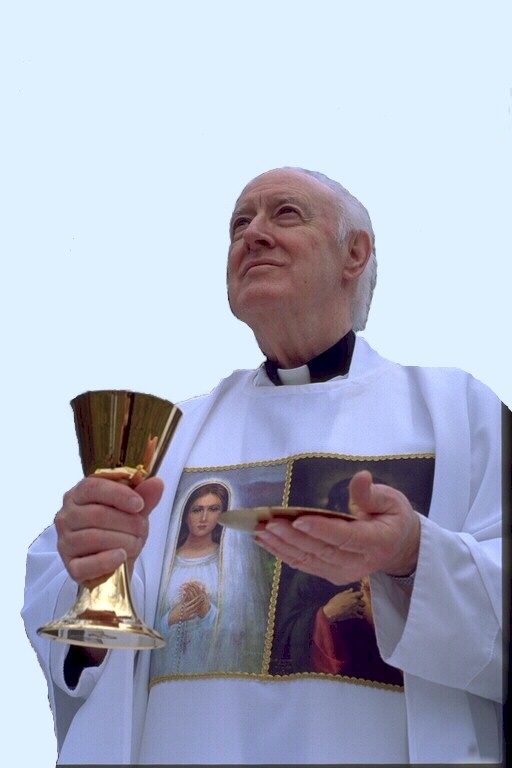
Through Him, With Him and In Him
Excerpt from
Response in Christ (by Fr. Edward J. Carter, S.J.)
From Chapter Four - The Sacraments
and the Mass
a) Sacrifice in General
There are various ways of developing the structure of
sacrifice. Some authors include more constituent elements than others. We will
give a structure which we believe includes the essential elements commonly
given. This structure of sacrifice is a traditional one, yet it is one which can
well be harmonized with modern theological, liturgical and scriptural studies. A
leading scripture scholar, F. X. Durrwell, gives us assurance on this point by
telling us of the value of considering Christ's redemptive activity within the
traditional structure of sacrifice developed over the centuries: "But first
it will be useful to look once more at the drama of the Redemption, placing it
in a framework – a framework adequate to contain its rich reality which God
Himself had prepared throughout the history of mankind: Sacrifice."5
We
enter upon our discussion of sacrifice in general by considering the first of
five constituent elements.
1) Interior Oblation
The first duty of man is to surrender himself to God out of
love. This fact flows from the truth that God is the Creator and man is His
creature. Man, if he is ideally to fulfill his creaturely role must respond as
perfectly as possible to the loving demands of His Creator. God asks that man
give himself completely to Himself. This is only proper since everything that
man has, whether of the natural or supernatural order, has been given to him by
God. Man, in turn, perfects himself by developing these various gifts according
to God's will or, in other words, by giving himself completely to God. Man's
gift of self to God is centered in loving conformity to the divine will.
Consequently, one can understand why the will with its decision-making capacity
is the crucial faculty in man, a point emphasized by contemporary thought.
Man directs himself to God by the virtue of religion. This is
not to say that this particular virtue ranks above the theological virtues of
faith, hope and charity. These are the most excellent, since they unite man
directly to God. We are merely stating that the virtue of religion directs all
man's actions to the honor of God.6
This virtue consists especially in acts of adoration,
thanksgiving, petition and reparation. These interior acts can manifest
themselves in many ways, but they are especially expressed through sacrifice.
Here, then, we have the first constituent element of sacrifice: man's interior
offering of himself to God. This giving takes place chiefly in man's will, under
the guidance of the virtue of religion. This first element of sacrifice is of
prime importance, for it deals with interior dispositions. This importance can
be recognized concretely in the history of religion. For example, the Jewish
people were convinced that the principal value of sacrifice was centered in the
dispositions of the people.7
2) Exterior Offering
Man is not a pure spirit. He is a rational animal, composed
of body and soul. Consequently, he desires to manifest exteriorly and concretely
the interior offering of himself which has been made to God in the first
movement of sacrifice. He does this by the exterior offering to God of some
material gift. Such a gift symbolizes the interior offering of man himself. St.
Augustine says: "A visible sacrifice, therefore, is a sacrament or sacred
sign of an invisible sacrifice."8
Justification of this exterior oblation is also found in the
fact that man is not only in part a corporeal being, but also a social being. It
is fitting therefore that man exteriorize his interior gift of self in order
that he may give worship to God in a social manner. For his exteriorization
enables many to partake in the sacrificial ritual.
This exteriorization of his inner offering also helps man to
deepen his interior acts. Precisely because man is a composite being, his
various exterior acts of worship can profoundly influence, among others, his
interior acts of love, adoration, thanksgiving, reparation and petition.
Here, then, we have the second constituent element of
sacrifice: the external, ritual giving to God of some material gift which
symbolizes man's interior offering of himself.
3) Immolation of the Victim
In the history of religion there is contained a third element
of sacrifice, that of immolation. In order to make the external offering worthy
of God, man has been accustomed to accompany his offering with a ritual that
removes the external gift from profane use. The victim is immolated so that its
former existence might cease, and that it can thus become something sacred to
God. This immolation should not be looked upon as a destruction, but as a
fitting preparation of the external gift. Such a preparation is the negative
element in the transferral process of the gift from profane use to divine
ownership.9 But because the external gift symbolizes the gift of man himself,
the consecration to God of this external gift through immolation represents the
consecration of man himself to God. In other words, the immolation has a special
significance by indicating man's union with God.
Within this consideration of immolation it will be profitable
for us to refer to three basic types of sacrifice common to the Jews of the Old
Law. Such a consideration will have its special significance in our treatment of
Christ's sacrifice. The three sacrifices in question are those of the paschal
lamb, of the covenant, and of expiation or atonement. In our initial chapter we
discussed the first two types. It is sufficient to recall here that each of
these, through sacrificial blood, was instrumental in uniting the Jews with
Yahweh as His people. The blood of the paschal lamb contributed to the Jewish
exodus from Egypt, an exodus which attained upon Mount Sinai a central point of
its progress toward the promised land. Here upon Mount Sinai the sacrifice of
the covenant took place as the blood sealed the new life relationship between
Yahweh and the Jews.
In the sacrifice of expiation or atonement we again see the
key role of sacrificial blood. In this sacrifice the blood was sprinkled seven
times over the propitiatory. The purpose of this was to purify the sanctuary
from all the sins of Israel. In turn the altar was sprinkled seven times with
blood in order to achieve its purification and sanctification.
The purpose of the sacrifice of expiation or atonement, then,
was purification and divine reunion. The land of Israel together with the
tabernacle, the altar, the sanctuary and the throne of Israel, had been stained
by the sins of the Chosen People. Through these sins God had been driven from
their midst. In the sacrifice of expiation God returns to Israel through the
purification of the tabernacle. The tabernacle symbolized the souls of the Jews,
so we note that God returns to a purified people. Here we see a simultaneity of
purification and reunion.10
Taking together these three main sacrifices of the pasch,
covenant, and expiation, we see the role of the shedding of blood in the history
of the Israelites. The shedding of blood purified and united to God, and indeed
played a most positive role.
4) Acceptance of the Sacrifice by God
In order that the sacrifice might reach its extrinsic
consummation God on His part must accept it. God's acceptance of sacrifice has
been shown in various ways. Among the Hebrews assurance of the divine acceptance
was seen in the phenomenon of fire falling from heaven and consuming the victim
of sacrifice. In the absence of such a heavenly token, there was at least some
assurance that God accepted the sacrifice because of the duly consecrated altar
itself. The altar received the gifts of sacrifice, and in doing so symbolized
God's acceptance of the same.
5) Partaking of the Sacrificial Victim
In the history of sacrifice men have habitually shown a
desire to accept God's invitation to partake of the offered victim. God must
invite men to participation in the sacrificial meal, for the victim of sacrifice
becomes divine property, and the use of it contrary to the divine will is
sacrilegious. If God is pleased to admit His friends to the divine banquet, this
is a manifestation of the divine goodness.
Since the victim has in a certain way become divine through
its being offered to God, the partaking of this victim has a deep significance.
Through such a participation in the divine banquet one shares in the sanctity of
the victim.11 This sharing in the holiness of the victim is actually a
participation in God's sanctity, since the victim is holy with the holiness of
God to whom it has been offered.
Thus the cycle of sacrifice has been completed. The interior
giving on the part of those offering the sacrifice, exteriorized and symbolized
by the ritual offering of an immolated victim, has brought down from on high a
divine communication.
We have briefly seen the general economy of sacrifice, the
authenticity of which has been borne out by history. This structure of sacrifice
is authentic because it is partly rooted in the very nature of man. At the same
time, this structure has been modified by the demands of positive law. With this
general structure of sacrifice serving as a background, we are now in a position
to consider the sacrifice of Our Lord Jesus Christ, and finally, that of the
Mass.
________
5. F. X. Durrwell, The
Resurrection (New York: Sheed & Ward, 1960), p. 59.
6. St. Thomas Aquinas, S.T., II-II, q. 81, a. 4,
ad 1.
7. Cf. S. Lyonnet, "La Sotériologie
Paulinienne" in Robert and Feuillet, Introduction à la Bible, Vol.
II (Tournai, Belgium: Desclée, 1959), p. 874.
8. St. Augustine, City of God (New York: Fathers
of the Church, 1954), Vol. 14, p. 123.
9. Cf. Durrwell, Op. cit., p. 61.
10. Cf. Lyonnet, Op. cit., pp. 871-872.
11. Cf. Durrwell, Op. cit., p. 126.
(End of Excerpt from
Response in Christ)
Messenger:
Rosary in Clearwater, Florida - November 5, 2000.
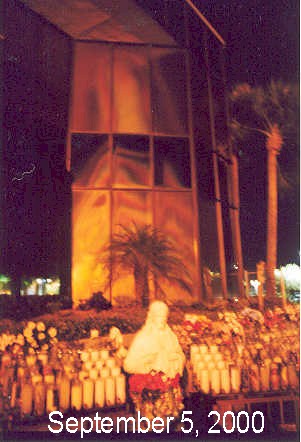
Messenger: Mary wants the Red Rosary Book printed. It will
cost $12,000 - $14,000 to get them reprinted.

Messenger: Pray for Perry.
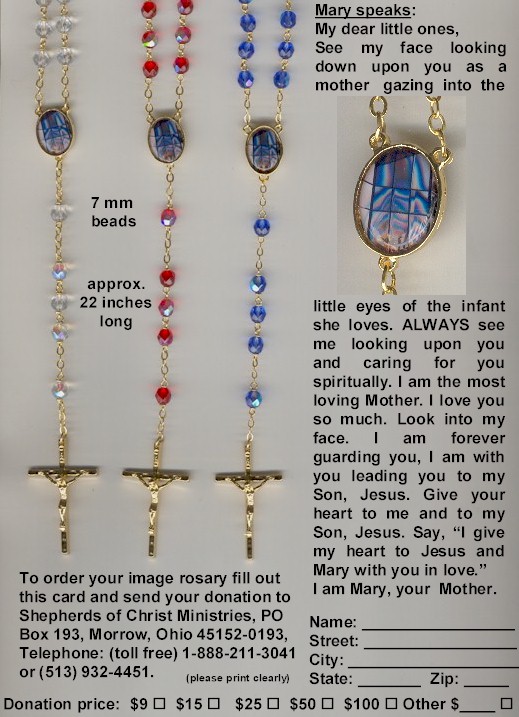
(Please copy and pass out to family and friends.)
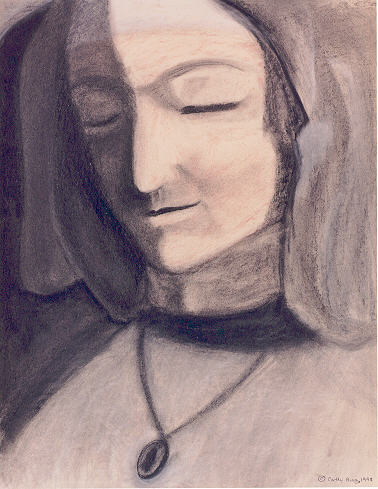 Mary's
Message from the Rosary of August 27, 1996
Mary's
Message from the Rosary of August 27, 1996
Mary speaks: I stood beneath the cross
of my Son, and my Heart was in such pain for I saw Him before my eyes. I saw Him covered
with blood. I saw Him die. My Heart, my children, my Heart to watch my Son, but my Heart,
my Heart, how I suffered for my little children of the world that give in to this world
and give up the love of my Son. O my little children of light, I give you this message.
Carry this light into the darkness for your Mother Mary, for I stood beneath the cross and
I cried. I cried for the little ones. I cried for the young ones, the ones that do not
care and will lose their souls. How do I make you see for you will not listen to me? What
can I do? I come. I appear. I beg. I plead. I give you these gifts from my Son, and you
reject me. I do not deliver messages very often anymore for I have been ignored. The
message is the same. You do not read the messages I have given to you. Please help me.
Help the little children. I appear. I appear. I appear, and I am ignored. I stood beneath
the cross, and I cried. I cried, and my Heart was in such anguish for my little children,
for I am searching for them this day as I searched for the Child Jesus. Please, please
help me. I cannot hold back the hand of my Son any longer. I am Mary, your Mother. I ask
you to help my children. You are my children of light.
Song: O Lady of Light, shining so bright,
be with us this day, guiding our way, O Lady, O Lady of Light.
Mary speaks: I appear to you as
Our Mother of Sorrows.
(End of Mary's Message)
MY
VALENTINE FOR JESUS AND MARY
AND THE WORLD
I _________________ give my
heart to
You Jesus and Mary on this day
_________________
I promise to help spread the devotion to
the Hearts of Jesus and Mary.
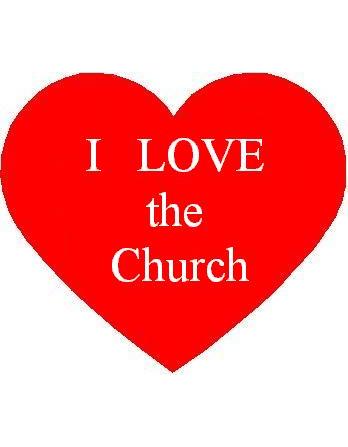   |
Question for married couples and others in intimate
relationships:
Q: How do I feel when I am lonely and you
understand and comfort me?
Table of Contents
Previous Daily Message
Main Shepherds of Christ Page
 Copyright
© 2000 Shepherds of Christ.
Copyright
© 2000 Shepherds of Christ.
Rights for non-commercial reproduction granted:
May be copied in its entirety, but neither re-typed nor edited.
Translations are welcome but they must be reviewed for moral and theological accuracy by a
source approved by Shepherds of Christ Ministries before any distribution takes place.
Please contact us for more information.
All scripture quotes are from the New Jerusalem Bible, July 1990, published by Doubleday.
Revised: October 25, 2000
URL: http://www.SofC.org
Contact Information for Shepherds of Christ
Email: info@SofC.org
Shepherds of Christ Ministries
PO Box 193
Morrow, Ohio 45152-0193
Telephone: (toll free) 1-888-211-3041 or (513) 932-4451
FAX: (513) 932-6791








 Mary's
Message from the Rosary of August 27, 1996
Mary's
Message from the Rosary of August 27, 1996

